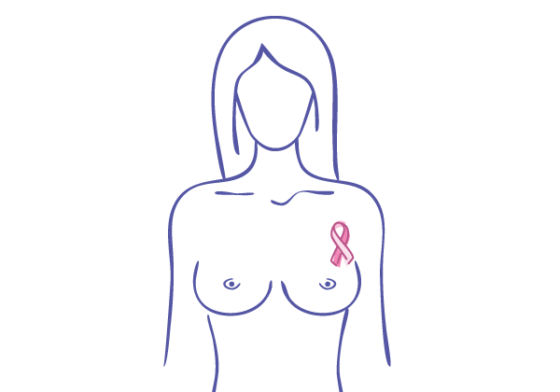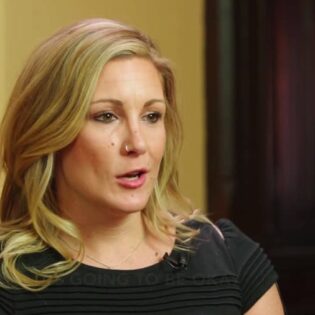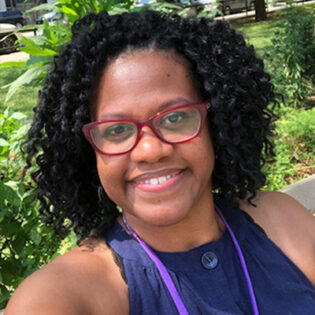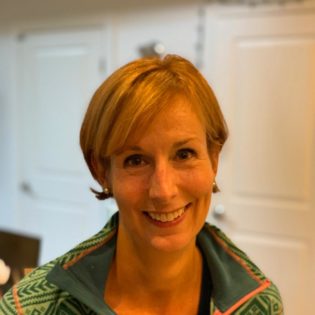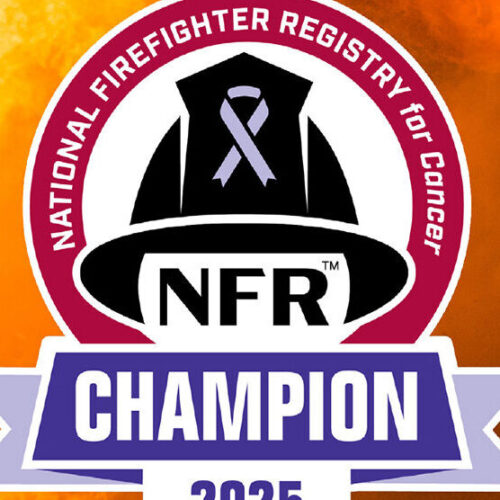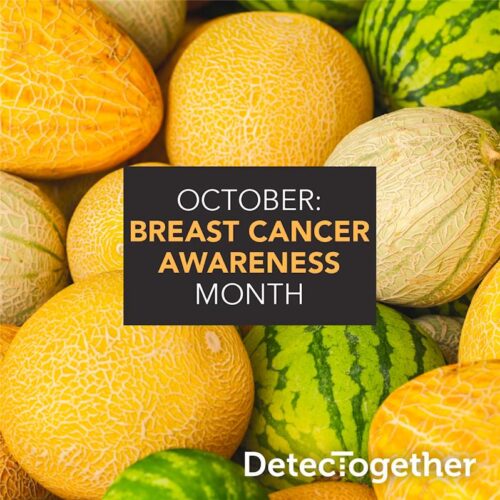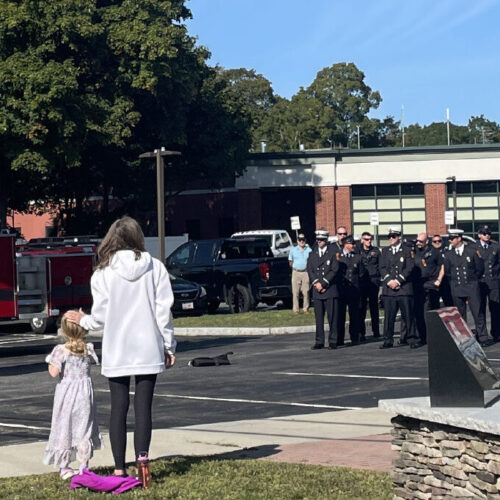What You Need to Know About Early Detection
According to the CDC about 264,000 cases of breast cancer are diagnosed in women (about 2,000 in men) each year in the United States. About 42,000 women (500 men) in the US die from breast cancer. When breast cancer is detected early and diagnosed at stage 1, patients have a 99% survival rate; when diagnosed at stage 4, the survival rate drops to 30%. Early detection is key!
DetecTogether’s 3 Steps Detect education can give you a life-saving advantage. It teaches people what their normal is when they are feeling great. It also gets people to the doctor when things change, so doctors can conduct the necessary exams and diagnostics in a timely way. Putting off addressing symptoms is never a good idea. If it’s cancer, cancer doesn’t cure itself and delaying diagnosis only allows it to get worse.
Check Yourself
The American Cancer Society suggests that women know how their breasts normally look and feel and report any changes to their health care provider right away. Performing regular breast self-exams helps you establish what’s normal for your body, and to recognize if something changes.
How To Perform a Breast Self-Exam
Do your exam at the same time every month, when breasts are not tender or lumpy. Post-menopausal women should do the exam on the same day every month.
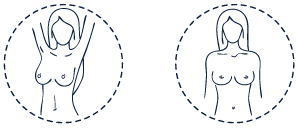
Begin in front of a mirror examining your breasts; note any changes (e.g., inverted nipples; swelling; rash; redness; soreness; dimpled, puckered, or bulging skin)
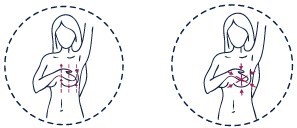
Next, examine each breast for lumps using an up & down and circular/wedge motion.

Then check armpits for lumps. Squeeze each nipple;
note any discharge. Reexamine laying down.
Screenings
Screening tests are used to find cancer before a person has symptoms. The American Cancer Society recommends the following guidelines:
- Women ages 40 to 44 should have the choice to start annual breast cancer screening with mammograms.
- Women ages 45 to 54 should get mammograms every year.
- Women ages 55 and older should switch to mammograms every 2 years, or can continue yearly screening.
Know Your Family History
Family history is important part of “knowing your great.” Women with close relatives who’ve been diagnosed with breast cancer have a higher risk of developing the disease. If you’ve had one first-degree female relative (sister, mother, daughter) diagnosed with breast cancer, your risk is doubled. The information is also important to share with your doctor. Learn more about why knowing your family history is important and download a helpful Family History Form to help compile the information.
